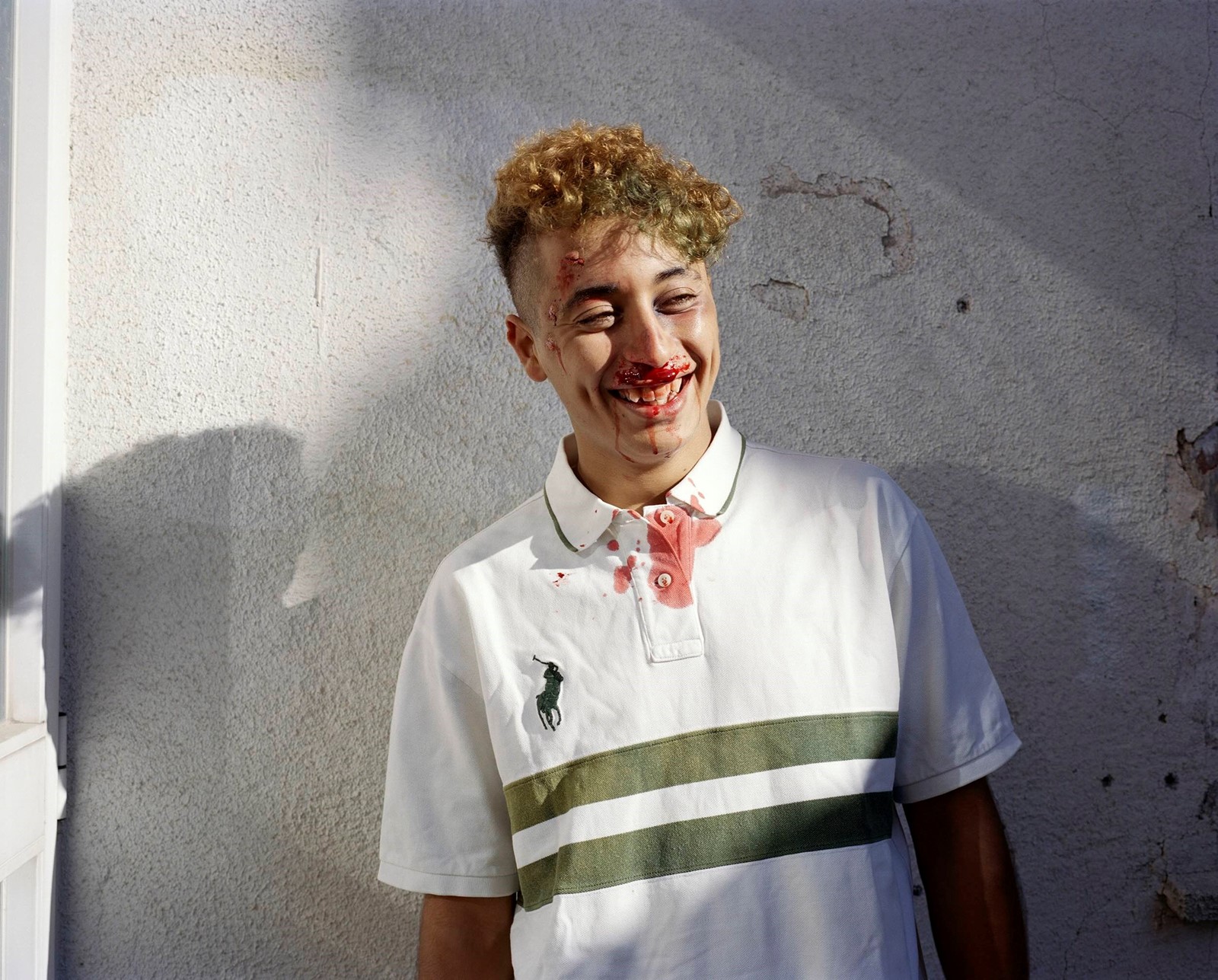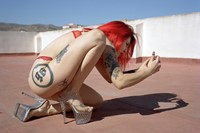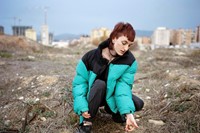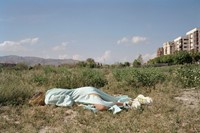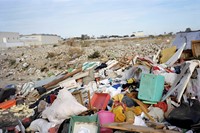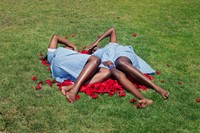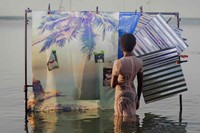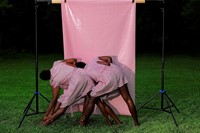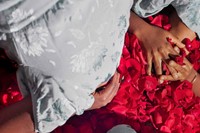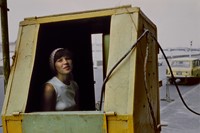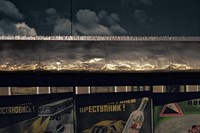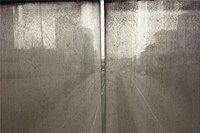With 84 exhibitions and 293 artists, this year’s PHotoESPAÑA extends into all corners of Madrid: there are shows in neo-baroque palaces and repurposed ironworks, in a vertiginous water tower and amid the capital’s lush botanical gardens. With a theme of “perpetual motion”, the festival spans from international names to anonymous discoveries – from a panoramic sample of the late Erwin Olaf’s career in a subterranean centre beneath the fountains of Plaza Colón, to photographer David Trullo’s unearthing of an illicit trove of homemade erotica from the 1930s, taken by a high-society Madrid couple who mysteriously disappeared. There’s a collection of African and Middle Eastern photographers circling themes of exodus and migration; and the convention-defying Consuelo Kanaga, a photographer who died virtually unknown but whose powerful portraits of African-American lives across the US are being newly reappraised. We chose three highlights from the multitude of voices brought together for the next era of PHotoESPAÑA – its first under new director Maria Santoyo.
Lúa Ribeira: Agony in the Garden
A recent signing to Magnum’s illustrious cooperative, Lúa Ribeira melts into the communities she captures, including the Jamaican dance hall scene and migrants living in limbo in a Tijuana park, creating spaces where unpredictable encounters can occur. “I am interested in nuns, thieves, and gardens,” she says. “In the rotting body, witchcraft, hotel receptions, and heaven’s gates. Phantoms, funeral directors, and gravity.” She is also fascinated by the ways cultural expression can be liberating, by movements that lie outside of the mainstream, and how power structures work – preoccupations she can trace back to her upbringing in Galicia in northwest Spain, a region whose distinctive traditions were violently suppressed during Franco’s dictatorship.
PHotoESPAÑA showcases her new project, Agony in the Garden, inspired by the emerging trap and drill music scenes in Spain – where numbers of unemployed young people teeter around the second-highest in Europe. Ribeira says she’s intent less on documenting the subculture and its hedonism than reading between the lines, translating its sound and energy into moments that seem to exist outside of time. She sets her subjects in rocky landscapes dotted with illegal landfills, a backdrop that nods to this generation’s late-capitalism inheritance. In that barren place though, Ribeira finds richness in a community sometimes represented as shallow and apolitical. “I think there is something rooted and fearless in the way they articulate the present moment – the financial crisis, the pandemic, the ecological crisis,” she said at the crowded opening of her show, housed in an elegant pink-hued mansion. “This music is a way of connecting as a group of people in this present, extremely precarious moment. People who do not have a lot of money or potential jobs – but they have their phones and that gives them space to communicate, to create, to experiment, while everything that surrounds you is desolate.” Alongside her photographs, Ribeira includes a glimpse into her kaleidoscopic references – the screenshots, film stills, baroque paintings, sketches, religious and mythological imagery she draws on to create work that reaches for a way to dismantle the seemingly rigid structures that separate us.
Agony in the Garden is at Lázaro Galdiano Museum in Madrid, as part of PHotoESPAÑA, until August 25.
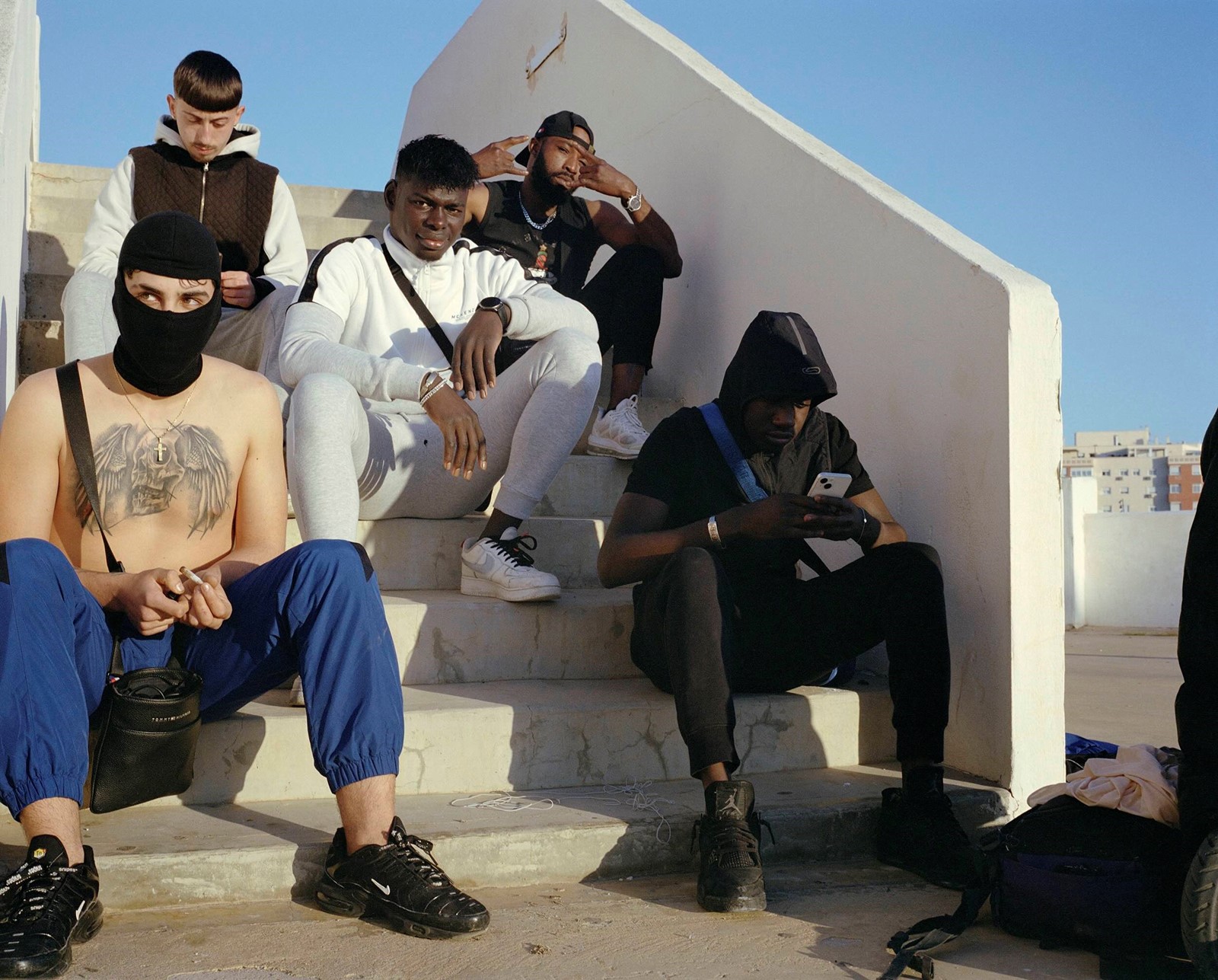
Widline Cadet: Take this with you
Young Haiti-born, LA-based photographer Widline Cadet couldn’t come to the Madrid opening of her exhibition Take this with you; despite living in the US since she was ten, she still doesn’t have a Greencard. It’s an absence that’s also conjured in her work – the early absence of her mother, who left Haiti to work in New York when she was a baby, and today, the absence across the ocean of the homeland to which Cadet can’t return. “It’s a dance between where you’re from and where you’re going,” says Désirée Kroep, the exhibition’s curator, introducing the photographer’s haunting work at the Casa de America, a 19th century palace close to El Retiro park.
Untangling the parts of herself and her history she no longer has access to, Cadet peppers the gallery with memories: framed family photographs on a mantelpiece, footage from the celebratory, Haitian funeral of a grandmother she never met, even her former living room and its floral, plastic-covered sofa and gauzy curtains, recreated in one corner. The result is a dreamlike family archive of her own that is suffused with a deep, yearning ache – but also isn’t quite what it seems. The little glitch of an extra, unaccounted for pair of limbs or the strangers on the street that she reimagines as doppelgangers or siblings all act as a reminder of the slippery nature of memory.
Take this with you is at House of America in Madrid, as part of PHotoESPAÑA, until September 7.
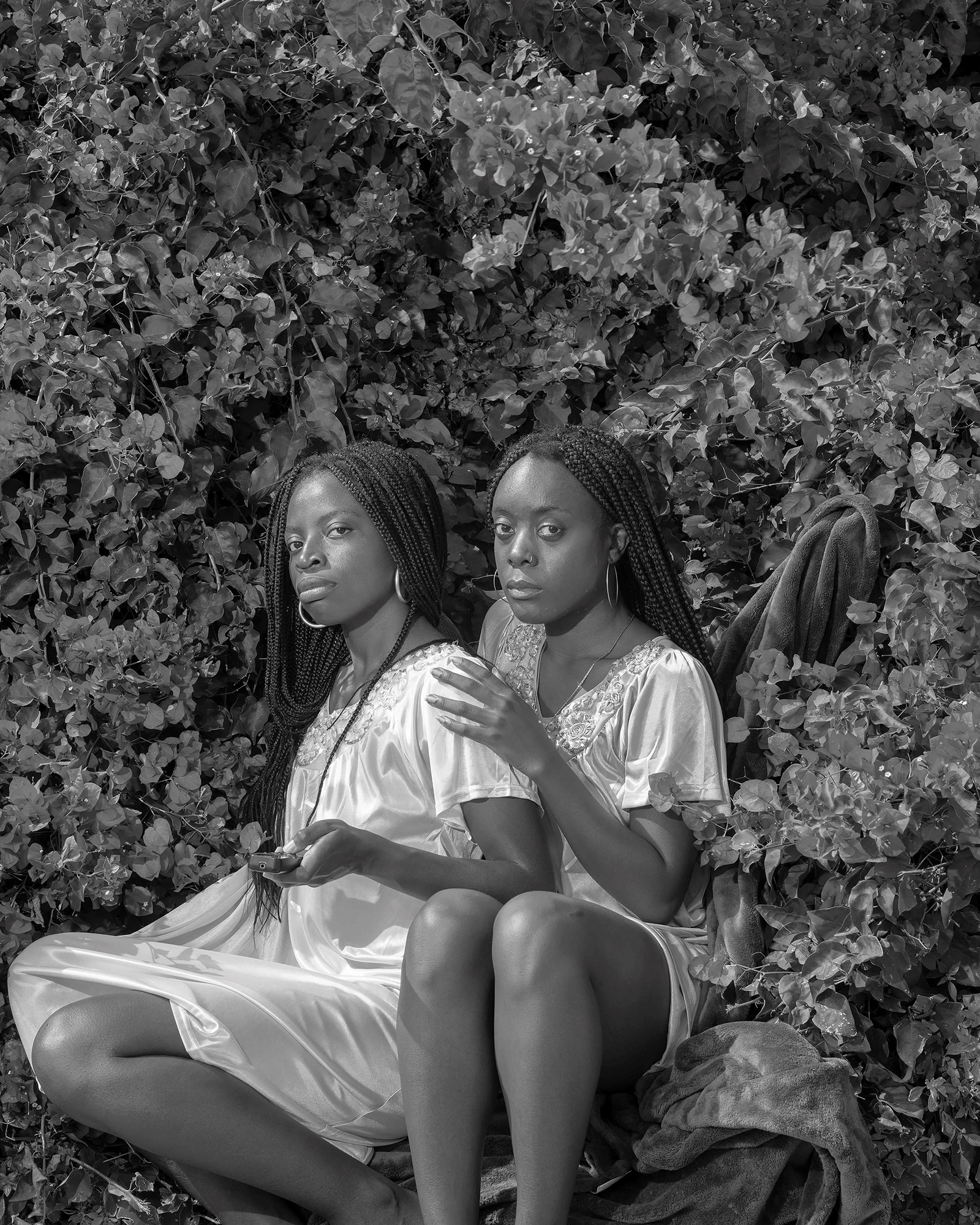
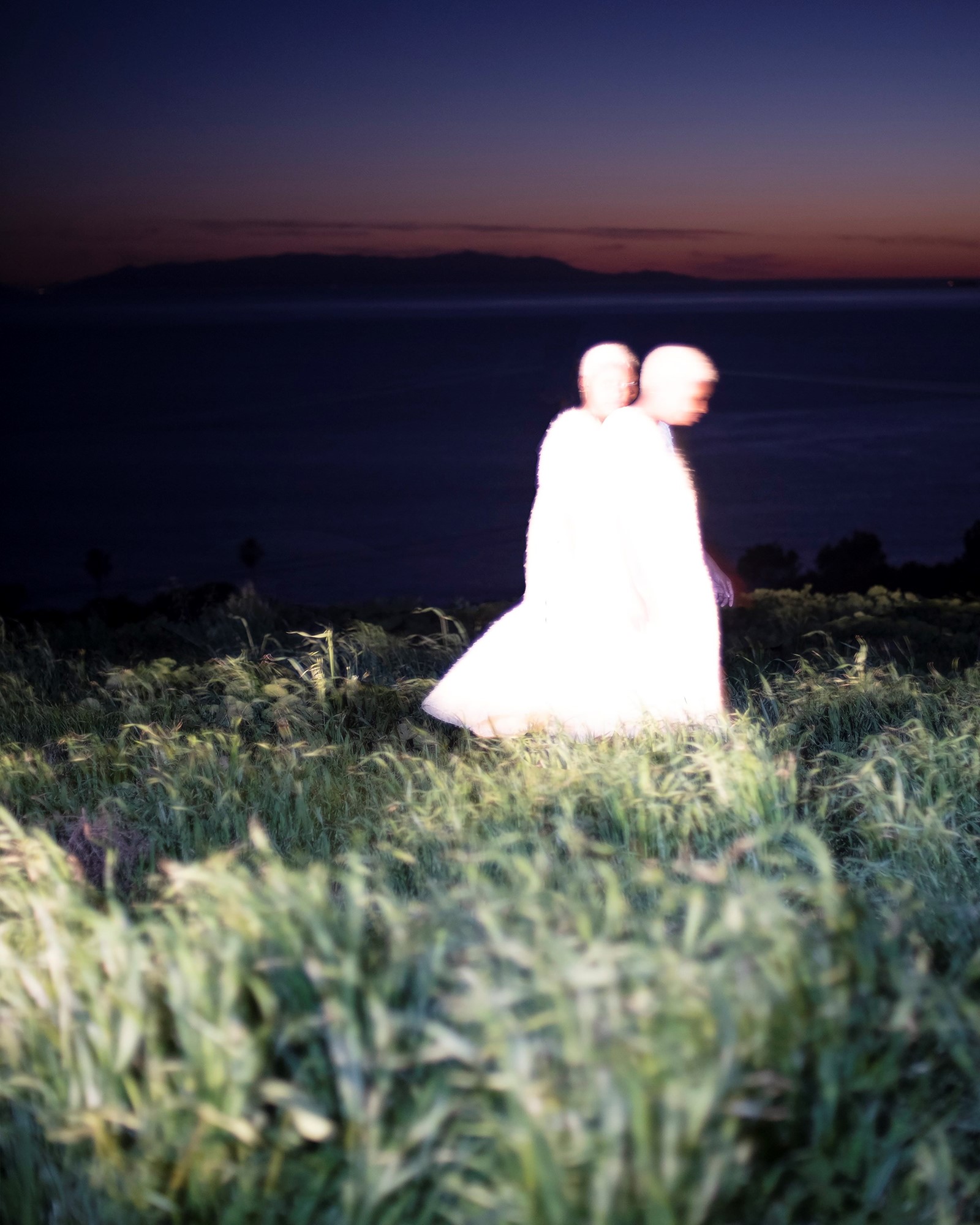
Boris Savelev: A Way of Looking
Displayed in a former industrial sawmill, the painterly images of Ukrainian rocket-scientist-turned-photographer Boris Savelev positively glow. Ghostly and melancholic, often taken at dawn or dusk, they “do something magical with light,” says longtime friend and the show’s curator, Adam Lowe. Savelev has been exhibited alongside Nan Goldin in the past, a kinship that’s tangible in the way Savelev trains a deeply empathetic eye on the grimy urban textures he’s drawn to. “So many of these are images that seem to be taken from the gutter, but actually they're star gazing,” says Lowe. “They’re generous, giving images.”
This is Savelev’s largest retrospective to date, encompassing a six-decade career from Leica to digital, from his hometown of Chernivtsi, to the Soviet Union, and now as a refugee in Vigo, Spain, post the Russian invasion of Ukraine. Together they tell a layered story of social and political convulsion: “When I first met Boris in ‘95, the world was changing and it felt so optimistic,” Lowe says. “The Berlin Wall was down, suddenly there was a flow and a mix, people were communicating and Boris was travelling to Madrid or London or New York. And then in 2014, when Crimea was invaded, something starts to happen with the shadows in his photographs – a feeling of optimism has gone.” But Savelev’s quicksilver instinct for an image remains intact – he doesn’t like his subjects to notice him before the shutter clicks: “When he's out photographing, it's like a performance,” says Lowe. “You see him walking along the street and suddenly he'll feel various things coming together and it’s almost like a dog picking up a scent; his whole body language changes and he'll be off.”
Viewfinder: A Way of Looking is at El Espacio Cultural Serreria Belga in Madrid, as part of PHotoESPAÑA until July 14.
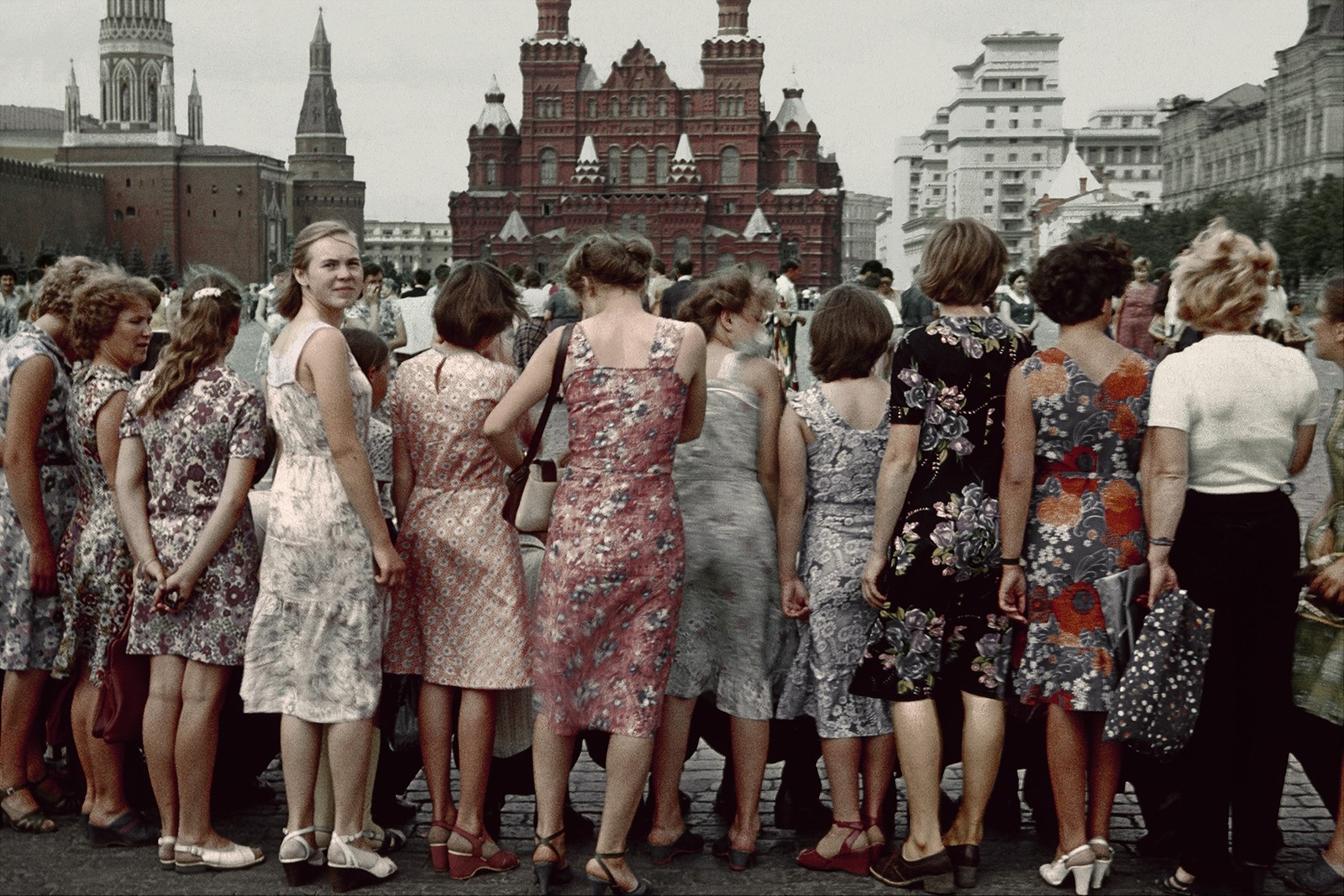
PHotoESPAÑA is on until September 29.
